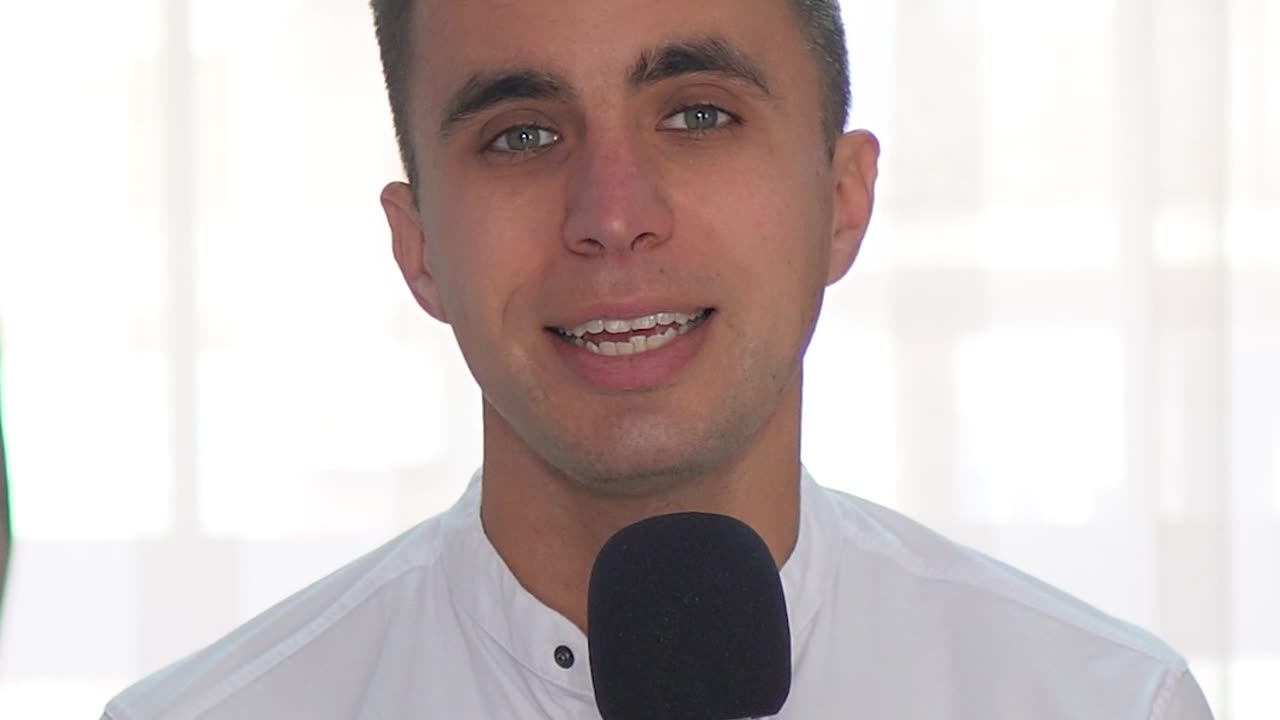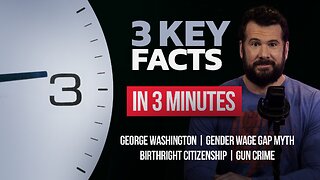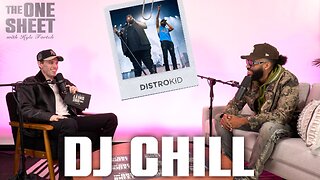Premium Only Content

I Tried (Ai) ChatGPT To Improve My Vision Naturally - Here's What Happened
Intrigued by the growing conversations around AI and its potential to enhance daily life, I embarked on a unique experiment: using ChatGPT to improve my vision naturally. As someone who spends countless hours in front of screens, the idea of alleviating eye strain and possibly enhancing my eyesight without resorting to glasses, contacts, or surgery was highly appealing. Here's a journey into my month-long experiment with ChatGPT, seeking natural ways to improve vision.
Setting the Stage
My journey began with a simple query to ChatGPT: "Can you help me improve my vision naturally?" The response was a blend of optimism and caution; while ChatGPT provided exercises and tips for potentially improving eye health, it also reminded me of the importance of professional eye care advice. Armed with a list of exercises, dietary recommendations, and lifestyle changes, I was ready to start my experiment.
The ChatGPT Vision Improvement Plan
Eye Exercises: ChatGPT suggested several eye exercises, including focusing on distant objects to relieve eye strain, practicing eye movements in various directions, and blinking exercises to refresh the eyes.
Dietary Changes: Based on ChatGPT's advice, I incorporated foods rich in vitamins A, C, and E, along with minerals like zinc and omega-3 fatty acids, into my diet. These nutrients are known to support eye health.
Lifestyle Adjustments: I also made lifestyle changes, such as reducing screen time, using proper lighting, and practicing the 20-20-20 rule (every 20 minutes, look at something 20 feet away for 20 seconds).
The Experience
Week 1-2: The initial phase was about integrating the new habits into my daily routine. I found the eye exercises surprisingly relaxing, and making dietary changes was easier than anticipated. However, consistently reducing screen time proved challenging.
Week 3-4: By the third week, I noticed a decrease in eye strain, especially on days with prolonged computer use. The 20-20-20 rule became a non-intrusive habit that offered quick relief. Although my vision's sharpness seemed unchanged, the exercises contributed to less discomfort by the end of the day.
Observations and Outcomes
Reduced Eye Strain: The most significant improvement was in how my eyes felt at the end of the day. Less strain and dryness were noticeable changes.
Increased Awareness: This experiment heightened my awareness of eye health and the importance of taking regular breaks from screen time.
No Miraculous Vision Improvement: While I experienced less discomfort, my vision's clarity didn't dramatically improve. This outcome was expected, as ChatGPT had advised that these methods are more about eye health maintenance and strain reduction than correcting vision impairments.
Conclusion
My experiment with using ChatGPT to improve my vision naturally was enlightening. It demonstrated that while AI can offer valuable advice and support for health and wellness, it's not a substitute for professional medical care. The improvements in eye comfort and the adoption of healthier habits were significant wins. However, anyone looking for significant vision correction should consult with an eye care professional. This journey with ChatGPT served as a reminder of the power of preventative care and the potential of AI to guide us toward healthier lifestyles.
-
 1:58:43
1:58:43
The Charlie Kirk Show
3 hours agoCBS Steps In It + Hockey Brawl + Judicial Standoff | Yoo, Schlapp, BigTree | 2.17.2025
103K31 -
 1:01:26
1:01:26
The Dan Bongino Show
6 hours agoTrump Is Cancelling DEI And Cancel Culture (Ep. 2424) - 02/17/2025
779K1.51K -
 1:06:12
1:06:12
Timcast
5 hours agoDemocrat Swamp IMPLODES, CBS Runs DAMAGE Control For Democrats, Gets ROASTED By Elon | Timcast LIVE
146K160 -
 2:00:58
2:00:58
RealAmericasVoice
12 hours agoWAR ROOM WITH STEVE BANNON AM EDITION
123K20 -
 2:59:47
2:59:47
Wendy Bell Radio
11 hours agoAmerica Drops The Gloves
116K64 -
 1:22:27
1:22:27
Steven Crowder
6 hours agoGeorge Washington, Our First President | 3 in 3 Special
321K219 -
 1:03:57
1:03:57
Kyle Fortch
6 hours ago $1.57 earnedDJ Chill: DJing For Jelly Roll, SOLD OUT Tour, Performing at Hometown Arena | THE ONE SHEET S1E4
53K3 -
![The Deep State Spied On Trump & Sabotaged 2020 Operation To Oust Maduro [EP 4440-8AM]](https://1a-1791.com/video/fwe1/94/s8/1/F/5/k/Z/F5kZx.0kob-small-The-Deep-State-Spied-On-Tru.jpg) 4:05:26
4:05:26
The Pete Santilli Show
17 hours agoThe Deep State Spied On Trump & Sabotaged 2020 Operation To Oust Maduro [EP 4440-8AM]
71.9K3 -
 41:53
41:53
Rethinking the Dollar
5 hours agoHype or Hope? Will THE 50-YEAR FORT KNOX GOLD SCANDAL BE EXPOSED?
36.8K10 -
 1:32:36
1:32:36
Game On!
19 hours ago $10.61 earnedPresident Trump TAKES OVER the Daytona 500!
79.9K17